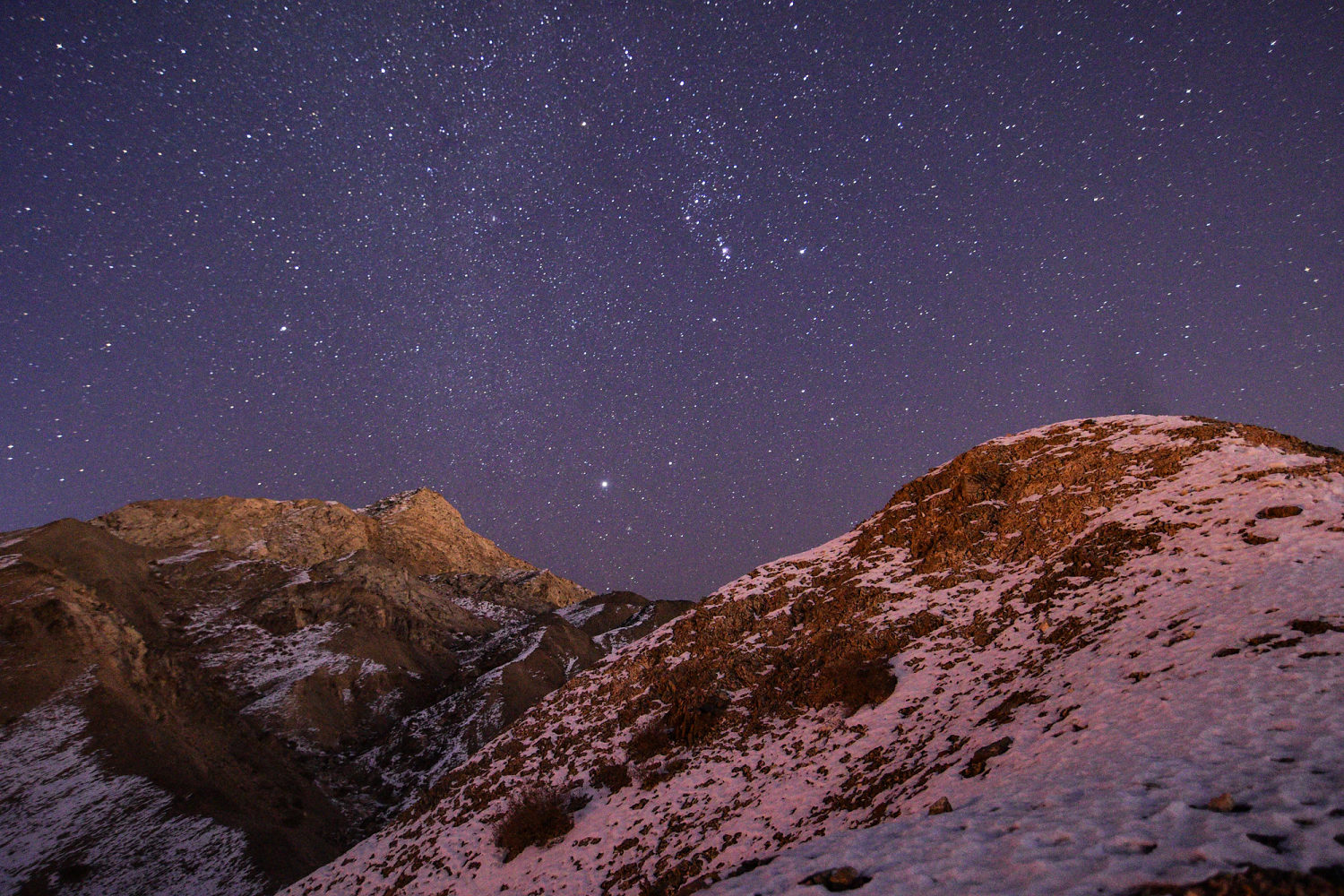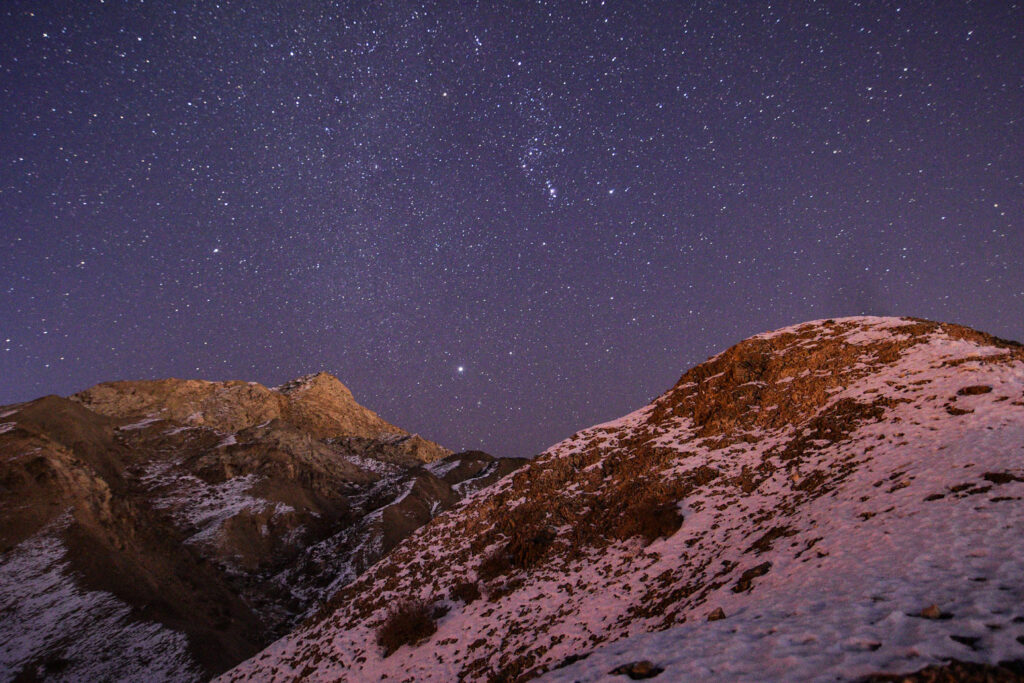
The Summary
- The annual Quadrantid meteor shower is set to peak early Friday.
- It will be the first meteor shower of 2025.
- The upcoming show won’t be overshadowed by moonlight, as the crescent moon will set before the shower’s peak.
Ring in the new year with the first meteor shower of 2025.
The annual Quadrantid meteor shower is set to peak during the early hours of Friday, before dawn. That’s when people in the Northern Hemisphere will have the best chance of seeing the shooting stars, though the shower is already underway. Lucky people might be able to catch some on New Year’s Eve, but the celestial show will stay active until Jan. 16.
The Quadrantid meteor shower is caused by debris from an asteroid called 2003 EH1, which takes more than 5 years to complete one orbit around the sun.
The Quadrantids are known for producing brighter, and sometimes colorful, fireball meteors because they originate from larger pieces of debris.
During the shower’s peak early Friday, the crescent moon will already have set, so the shooting stars won’t be at risk of getting overshadowed by bright moonlight.
The Quadrantids will be best seen from the mid-northern to the far-northern latitudes Friday before sunlight begins to appear. For ideal viewing, bundle up and head to a spot away from city lights, with a clear and unobstructed view of the sky.
There’s no need for special equipment, meteors can be viewed with the naked eye.,
Under clear and dark conditions, people could spot around 120 meteors per hour during the shower’s peak, according to NASA.
Meteor showers occur when Earth passes through giant streams of debris from comets or asteroids. When these bits of rock and cosmic dust hit the planet’s atmosphere, they burn up and streak across the night sky as shooting stars.
Most other meteor showers peak over two days, but the Quadrantids have a shorter peak, lasting just about six hours. This is because the cloud of debris is relatively thin, and Earth’s orbit is such that the planet swings through it at a perpendicular angle, according to NASA.
Meteor showers typically get their name based on where the shooting stars appear to originate in the sky. Perseid meteors, for instance, appear to stream from the constellation of Perseus, and Geminid meteors seem to originate from the Gemini constellation.
The Quadrantids, however, are named for a now-obsolete constellation known as “Quadrans Muralis.” This grouping of stars was not included by the International Astronomical Union when it created a list of recognized modern constellations in 1922, but the meteor shower did keep its name.
The former Quadrans Muralis constellation was located near the Big Dipper. While meteors can appear to stream from this point in the sky, people should be able to see shooting stars across the entire sky without needing to gaze in a particular direction.
After the Quadrantids, the next major meteor shower of the year will be the Lyrids, which occurs in April.
